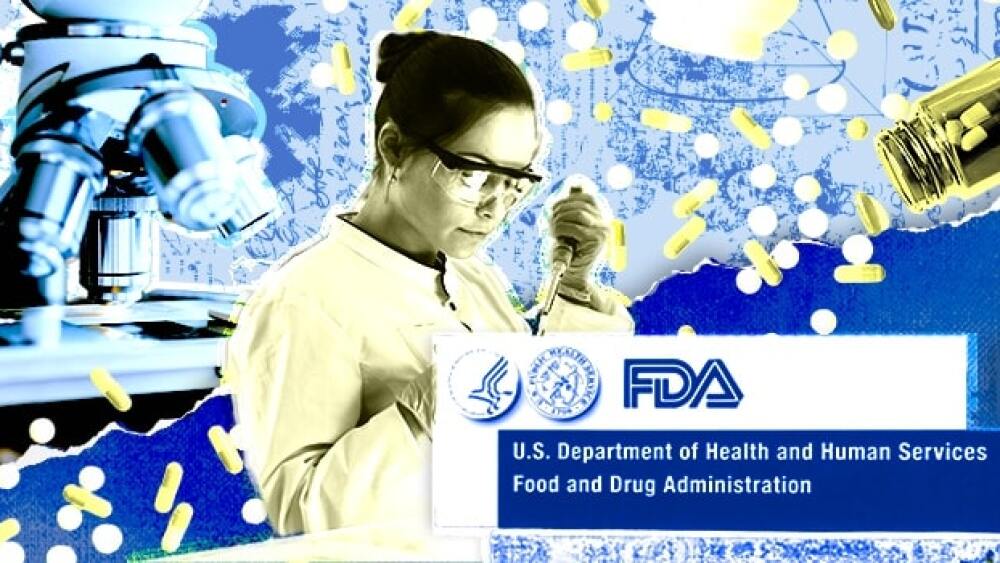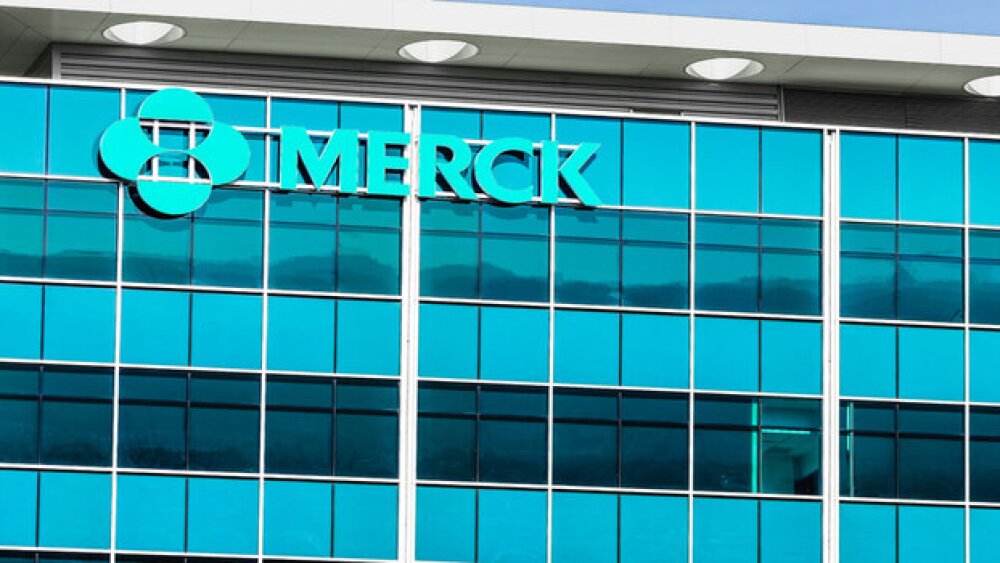The annual observance highlights how far the industry has come and serves as a wake-up call for how far it must still go to meet the needs of patients with rare diseases.
Pictured: A green, blue and pink ribbon representing rare disease advocacy/iStock, itakdalee
Yesterday was Rare Disease Day 2024. It was a reminder of the importance of raising awareness for rare diseases—defined as those that affect fewer than 200,000 people in the U.S., but collectively affecting some 30 million Americans. While much has been achieved in improving access to lifesaving and life-changing treatments, much more remains to be done for patients with these disorders.
Despite recent investment and breakthroughs for rare diseases, experts told BioSpace that helping a much larger patient population will require cross-sector support and desperately needed funding. We looked at some of the investments to date, as well as the biopharma industry’s promising pipelines and what is required to bring more groundbreaking therapies to patients with unmet medical needs.
Not surprisingly, patient advocacy groups (PAGs) have been critical to the development of the first marketed drugs for certain rare diseases, including progeria and Friedreich’s ataxia. BioSpace spoke with leaders of PAGs formed by families coping with rare diseases, providing case studies on their partnerships with biopharma companies and the sharing of resources and expertise to maximize the impact of R&D and clinical trials.
BioMarin Pharmaceutical picked the wrong week to disclose that it has been hit with a Department of Justice subpoena in connection with its sponsored testing programs for the rare disease therapies Vivizim—an FDA-approved enzyme replacement therapy for the treatment of Morquio A syndrome—and Naglazyme, an enzyme replacement therapy approved for mucopolysaccharidosis VI. Vivizim was approved in 2014 and Naglazyme was approved in 2005.
In one of 2023’s most highly anticipated FDA approvals, Sarepta Therapeutics’ Elevidys got approved in June as the first gene therapy for DMD targeting the underlying cause of the progressive genetic muscle-wasting disease, despite failing to meet the primary functional endpoint in a randomized trial. With a $3.2 million per patient price tag, Elevidys—developed and commercialized in partnership with Roche—also has the dubious distinction of being one of the world’s most expensive medicines.
Sarepta CEO Doug Ingram told investors in Wednesday’s fourth quarter and full-year 2023 earnings call that the launch of Elevidys was “particularly impressive,” bringing in over $200 million in revenue since mid-2023, especially given that its label is “limited to four- and five-year-olds, representing only about 3% or so of the total Duchenne population.”
The successful launch of Elevidys “shows that gene therapy can be commercially viable, providing hope for those patients with Duchenne, and for all those with genetic conditions with unmet needs,” Sarepta Chief Customer Officer Dallan Murray said during the call. However, Murray cautioned analysts to “not use this current younger population as a frame of reference for our market potential in the overall population.”
At the end of last year, Sarepta submitted a supplemental BLA seeking to expand the gene therapy’s label by removing age and ambulation restrictions, while transitioning Elevidys from an accelerated to a traditional approval. The FDA has set a PDUFA date of June 21, 2024, and will not convene an advisory committee meeting to discuss the efficacy supplement to the BLA.
“Hopefully, by July, we will have a broader label and we will be able to serve a much greater percentage of the [DMD] population,” Ingram said. Next, Sarepta should work on lowering the hefty price of Elevidys and ensuring equitable access to as many patients as possible who will benefit from the therapy.
Greg Slabodkin is the News Editor at BioSpace. You can reach him at greg.slabodkin@biospace.com. Follow him on LinkedIn.






